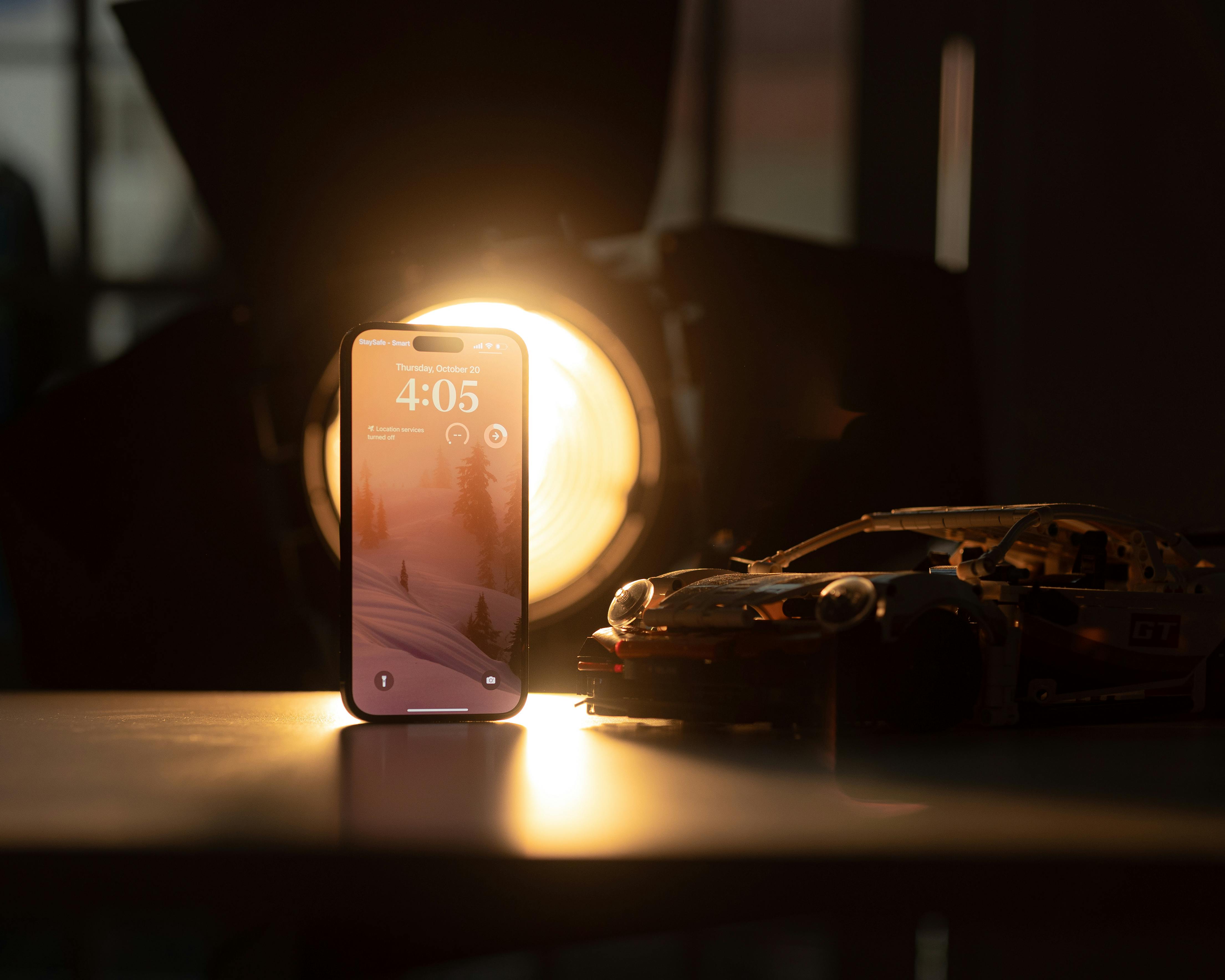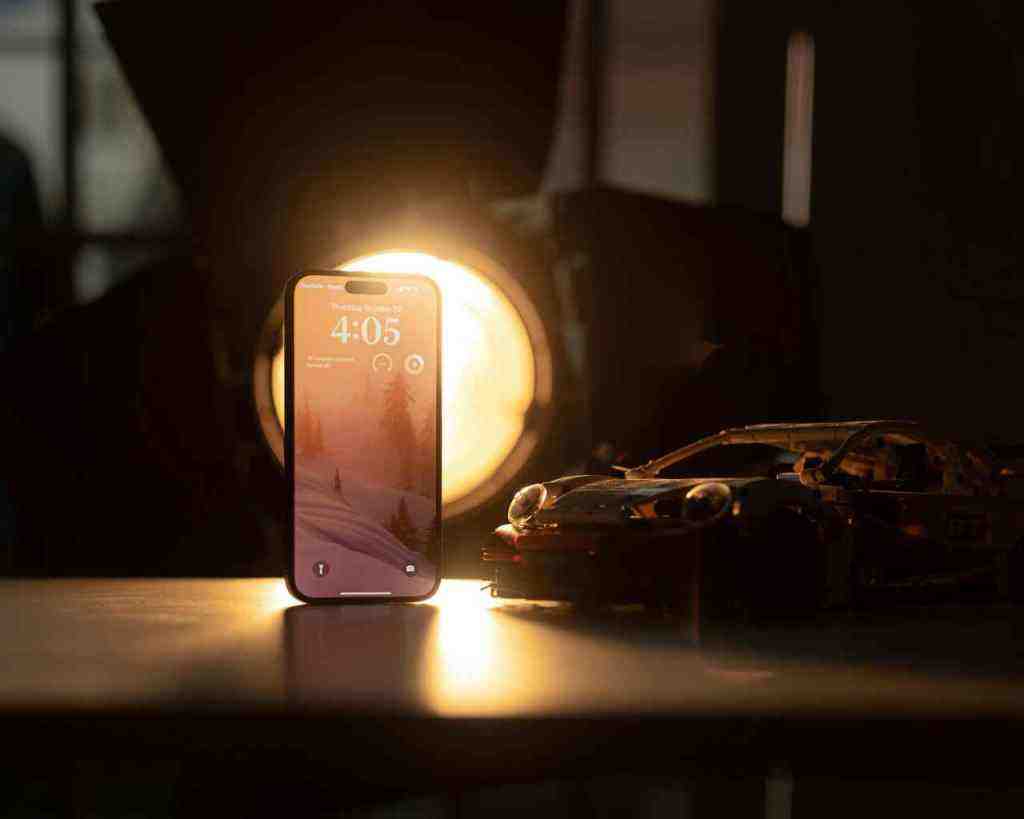Android Auto’s App Drawer Overhaul: A Smoother, More Efficient Drive

Android Auto, Google’s ubiquitous in-car infotainment system, is constantly evolving to offer drivers a safer, more intuitive, and connected experience. The latest developments, particularly those focusing on the much-discussed app drawer, represent a significant leap forward in enhancing usability and streamlining access to your favorite applications while on the go. This evolution is a testament to Google’s commitment to adapting its platform to the dynamic needs of modern drivers and the increasing sophistication of automotive technology.
The Journey of android Auto: From Simplicity to Sophistication
Since its inception in 2015, Android Auto has aimed to bring the essential functionalities of your smartphone to your car’s dashboard. Initially, the focus was on core features like navigation, communication, and media playback, providing a simplified interface designed for the unique demands of driving. Google has consistently iterated on the platform, with a pivotal UI overhaul in 2019 that introduced the app drawer, a centralized hub for all compatible applications. This was a crucial step in organizing the growing ecosystem of apps. More recently, the “CoolWalk” redesign in 2022 brought a more flexible, split-screen-friendly interface, allowing for simultaneous viewing of navigation and music, for instance. The platform’s accessibility has also evolved, with the standalone phone app being phased out in favor of Google Assistant’s driving mode, further integrating the experience.
The App Drawer: Addressing the Need for Enhanced Efficiency
As the number of Android Auto-compatible applications has surged, the need for a more efficient way to access them has become increasingly apparent. The app drawer, designed to house all your applications, has faced criticism for its somewhat cramped layout, especially on the larger, high-resolution displays found in many modern vehicles. Historically, the app drawer typically displays only four to five columns of apps, depending on screen size. This limited view often necessitates scrolling through multiple pages to find a specific app, which can be a significant distraction for drivers. The goal is to minimize the time spent interacting with the system, and a cluttered or difficult-to-navigate app drawer works against this principle.
Anticipated Improvements: Unlocking Greater App Drawer Capacity
Recent insights, gleaned from APK teardowns of upcoming Android Auto versions, reveal that Google is actively working on a substantial usability upgrade for the app drawer. The primary focus of these improvements is to increase the number of app columns visible at a glance. Early indications suggest the potential to display up to seven columns, a notable expansion from the current maximum of five. This increased capacity is expected to dramatically improve app discoverability and significantly reduce the time drivers spend searching for their desired applications. Imagine being able to see more of your essential apps without needing to swipe, making your journey smoother and more efficient.
The Rationale Behind Increased App Visibility: Making Every Second Count
The move towards displaying more app columns is a logical and user-centric progression, particularly as modern vehicle dashboards increasingly feature larger screen real estate. While a more compact layout might seem beneficial for minimizing accidental touches during active system interaction, the fundamental principle of Android Auto is to facilitate quick and safe access to essential functions. By showcasing more apps simultaneously, Google aims to streamline the process of selecting an application, thereby minimizing the time drivers need to divert their attention from the road. This change directly aligns with the overarching goal of making the in-car digital experience more efficient, less intrusive, and ultimately, safer.
User Experience and the Delicate Balance of Driver Behavior
The enhancement of the app drawer is poised to positively impact the overall user experience by making navigation through applications faster and more convenient. However, it also brings to the forefront important considerations regarding user preferences and the potential for increased distraction. While a more spacious app drawer can undoubtedly reduce the effort required to find an app, it’s crucial to consider whether this is a widely requested feature by the user base. Some user feedback suggests that more pressing concerns often revolve around issues like speed limit consistency, notification management, and overall system responsiveness, rather than the physical size of the app drawer itself. Nevertheless, the potential for quicker app access is a clear benefit, particularly for those moments when drivers have safely pulled over to make selections or adjust settings.
Material You Integration: A Touch of Personalization, A Dash of Debate
Beyond functional enhancements, Android Auto is also embracing Google’s Material You design language. This initiative aims to create a more cohesive and personalized visual experience by harmonizing the car’s display colors with the user’s phone wallpaper. While this offers a unique and consistent aesthetic, it has also led to some division among users, particularly concerning the music player interface. Some users have expressed a preference for the previous design, which utilized album art backgrounds, finding the new Material You-driven color adaptation less visually engaging. The relocation of the seek bar and the reduction in album art size have also been points of contention, with some users feeling that it results in a less balanced interface with potentially excessive blank space. This highlights the ongoing challenge of balancing aesthetic innovation with established user preferences.
Addressing User Feedback: A Continuous Dialogue for Improvement. Find out more about explore Android Police.
Google’s approach to Android Auto development appears to be a thoughtful balance between introducing innovative new features and actively addressing user feedback. While the expanded app drawer is a welcome functional enhancement, the company also faces the significant challenge of refining existing features and tackling more frequently cited issues. The success of future updates will likely hinge on Google’s ability to prioritize functional reliability and performance alongside the adoption of new visual design trends. User feedback, shared through various channels, plays a critical role in shaping the platform’s ongoing development roadmap. It’s a continuous dialogue aimed at creating the best possible in-car experience.
Understanding the Nuances: Android Auto vs. Android Automotive OS
It’s crucial to distinguish between Android Auto and Android Automotive OS, as they serve different purposes within the automotive landscape. Android Auto is essentially a projection system, mirroring your smartphone’s interface onto your car’s display. Its capabilities are intrinsically linked to the performance and software of your connected phone. In contrast, Android Automotive OS is a fully embedded, native operating system that runs directly within the vehicle, independent of a smartphone connection. Both platforms are evolving, with Google aiming to establish a strong presence in the automotive sector across both. However, the user experience and underlying technology differ significantly. Android Auto’s reliance on a phone means its capabilities are tied to the phone’s performance and software, while Android Automotive OS offers a more integrated, vehicle-centric experience.
Safety First: Minimizing Distraction in Every Interaction
A core tenet of Android Auto’s design philosophy is to minimize driver distraction. The platform’s interface is meticulously optimized for driving, featuring large touch targets and robust voice command integration. The expansion of the app drawer, while aimed at improving efficiency, must still be carefully balanced with paramount safety considerations. The ultimate goal is to reduce the time drivers spend interacting with the system, not to encourage more interaction. This involves careful UI design choices and a continued emphasis on voice control as the primary method of interaction. The effectiveness of these measures is critical, as distracted driving remains a significant safety concern, particularly among younger drivers. Google’s commitment to safety is evident in every design decision.
The Future Outlook: What’s Next for Android Auto?
The ongoing development of Android Auto, including the anticipated improvements to the app drawer, underscores Google’s sustained commitment to the automotive space. The platform is expected to continue its trajectory of evolution, with potential integrations of advanced AI assistants like Gemini, further expansion of supported app categories, and enhanced connectivity features. The overarching focus remains on creating a seamless, safe, and genuinely helpful driving experience that intelligently integrates users’ digital lives into their journeys. The coming year promises further refinements and exciting new capabilities that will undoubtedly shape how we interact with our vehicles, making every drive more connected and enjoyable.
Conclusion: A Smarter App Drawer for a Better Driving Experience
The evolving app drawer in Android Auto represents a tangible and significant effort to enhance user convenience and efficiency. By allowing more applications to be visible at a glance, Google is effectively addressing a potential bottleneck in app accessibility, making it easier for drivers to find and launch their preferred apps. While user feedback on design elements like Material You integration highlights ongoing discussions about aesthetics and personalization, the functional improvements to the app drawer are a clear and positive step forward. As Android Auto continues to mature, its ability to provide a safe, intuitive, and feature-rich experience will remain paramount. The platform’s trajectory clearly indicates a future where accessing your digital world in the car is more streamlined, efficient, and enjoyable than ever before.
Key Takeaways and Future Considerations for Android Auto Users
- Increased App Visibility: The expansion of app drawer columns is designed to reduce scrolling and significantly speed up app access, making your favorite applications readily available.
- User Experience Focus: These improvements are driven by the fundamental need for greater efficiency and convenience within the demanding driving environment.
- Material You Integration: Aesthetic updates are being implemented, offering personalization, though they have sparked user debate regarding visual appeal and functionality.
- Safety Remains Paramount: All enhancements are developed with the primary goal of minimizing driver distraction, ensuring that convenience does not come at the cost of safety.. Find out more about understand titchy.
- Distinction from Android Automotive OS: Understanding the difference between the smartphone projection system (Android Auto) and the native vehicle operating system (Android Automotive OS) is crucial for grasping Google’s comprehensive automotive strategy.
- Continuous Evolution: Android Auto is a dynamic platform, with ongoing updates consistently expected to introduce new features and refine existing ones based on user feedback and technological advancements.
- User Feedback Loop: Google’s responsiveness to user input is critical in shaping the future of the platform, ensuring it meets the evolving needs of drivers.
- Balancing Functionality and Design: The ongoing challenge for Google lies in integrating new features and aesthetic trends without compromising the core usability and safety principles that define Android Auto.
- The Role of AI: Future integrations, such as the potential incorporation of advanced AI assistants like Gemini, suggest a move towards more intelligent, predictive, and personalized in-car experiences.
- Long-Term Automotive Strategy: These ongoing updates and developments are integral parts of Google’s broader ambition to establish a strong and influential presence in the future of mobility and connected vehicles.
